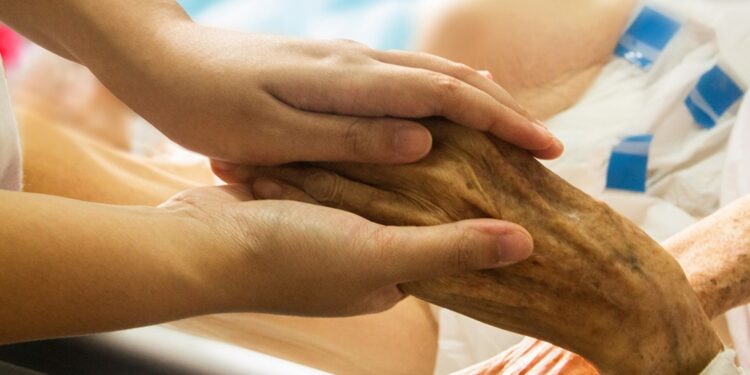
Dying To Know Day
If there’s one thing that’s common among all humans, it’s that we’re all afraid of death. It’s something that we all know is eventually going to happen to us, but one that we avoid thinking about. But is that something that we should do? In our experience, no.
It’s a well-established fact that a person’s end-of-life transition can be softened by having an honest conversation about it, both for the people who are dying and for the family who has likely already begun the grieving process.
However, these conversations can be difficult, and that’s why the day known as Dying to Know Day was created. This is a “holiday” that encourages people to begin those difficult conversations and is observed annually on August 8th.
The History Of Dying To Know Day
In 2010, Andrew Anastasios published a book called Dying to Know: Bringing Death to Life. This holiday gave a playful look at “death conversations” and offered some options to people looking to start a conversation on death with their loved ones. Conversations that could remove some of the awkwardness from the entire topic.
Not long after the publication of this book, The Groundswell Project was founded in Australia. This organization was inspired by the book and works with individuals, organizations, and communities to help people more easily experience end-of-life care, grief, and death.
Dying to Know Day was created by the Groundswell Project to encourage people to have conversations on the subject of death. After all, death is often a taboo subject for many people, or at the very least, is a subject that makes everyone uneasy. It shouldn’t be, however, because it’s a common experience for all of us, and having conversations about it can make the end-of-life transition easier for everyone.
Some Interesting Facts About Death
Below are some facts that sum up everything that we know about death. We hope the following factoids prove to be informative on this holiday as well as the rest of the year.
- One of the first visible signs of death is when a person’s eyes cloud over. This happens when oxygen and fluid stop flowing to the corneas.
- It’s a myth that hair and nails grow after death. What actually happens is that the body dries out, which makes the nails and hair appear longer.
- The average human body produces anywhere from 3 to 9 pounds of remains after cremation.
Observing Dying To Know Day
Learning more about how to talk about death is one of the ways that people are encouraged to observe this holiday. People are also encouraged to create online memorials for deceased loved ones, talk about the need for and the process of donating organs, and create a will. To encourage more people to do these things, the hashtag #DyingToKnowDay can be used online to promote the holiday.








